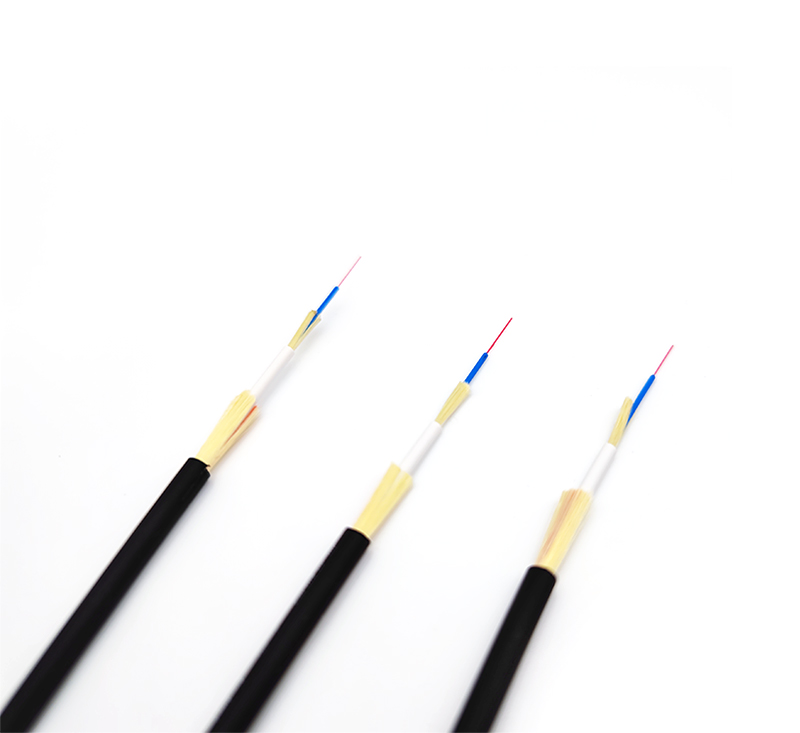How do small and medium-sized enterprises carry out network wiring? Like data centers, the network wiring systems of small and medium-sized enterprises also need to consider issues such as energy consumption, green and low carbon. In recent years, the number of network devices has been greatly increased in the network facilities of various companies. While these devices have added key functions, the management of the network system has become complicated.

In today's competitive economy, companies are looking to simplify their network systems to cut costs and create a secure, easy-to-manage network infrastructure that can flexibly adapt to changes in unpredictable workloads and business needs.
1. Cable route planning. Reasonable path planning and space arrangement must be carried out for the cables, otherwise, the cooling capacity of the network system will be affected and the energy consumption will be increased. The ideal solution is to carry out good space and path planning for various cables to effectively separate them to better meet the cooling needs. Moreover, the wiring can be selected in the central area of the entire network room, which can reduce the length of the network cables on both sides, which can not only save the cost per square meter, but also achieve the purpose of green energy saving.
2. Cable selection. According to the enterprise's ability to bear, choose cables and wiring equipment connectors with relatively advanced performance and sufficient margin, so as to avoid the bottleneck problem of cable transmission performance caused by network equipment updates in the future, which can reduce a lot of repeated investment. The use of green materials and non-toxic substances is also a sign of the green environmental protection of the wiring system. The selection of cables should consider the greenness of materials and toxic substances, and even the green packaging of products. The flame retardancy of cables is also a necessary consideration, which must not be ignored in green network wiring.
Third, the performance of the wiring system. On the surface, there seems to be no direct relationship between performance and green energy saving. However, performance determines the reliability of network transmission, which will directly affect future installation costs, management costs, equipment costs, and requirements for equipment room design.
4. Selection of patch panel. Choose a modular patch panel as much as possible, the number of installation versions and socket modules can be freely combined, and the number of terminations can be configured flexibly, which can not only reduce port waste, but also facilitate manual management and maintenance changes in the future. The electronic intelligent distribution frame of ACS advanced cabling system can realize automatic management, improve flexibility, and can meet the requirements of structured cabling. Whether it is a cable, patch panel or other wiring equipment, it is necessary to consider interchangeability and expandability at the beginning of the selection to ensure that all connectors are interchangeable, whether it is copper cable or optical fiber, at the wiring interface remain consistent. This means that a variety of different connectors (fiber, copper, etc.) can be installed in a patch panel in any mix.
To meet the requirements of space saving, heat dissipation, system performance, and even future expansion of the computer room, the most important step in green network cabling is product selection. Whether it is the design of cables, patch panels, or cable management racks, cable troughs and accessories, they must meet the requirements of green wiring, so that enterprise users can simplify the cable management process and achieve green and low carbon.










